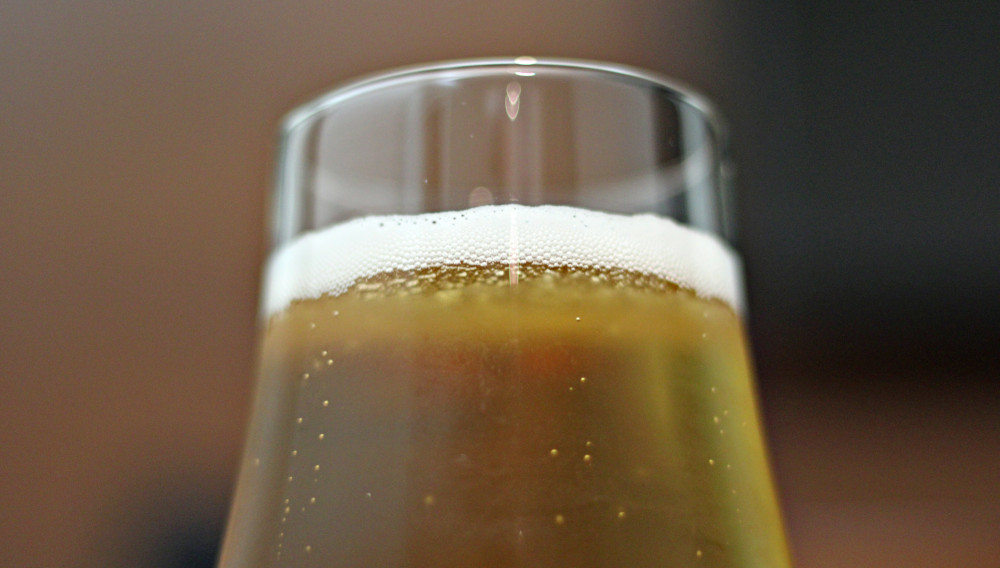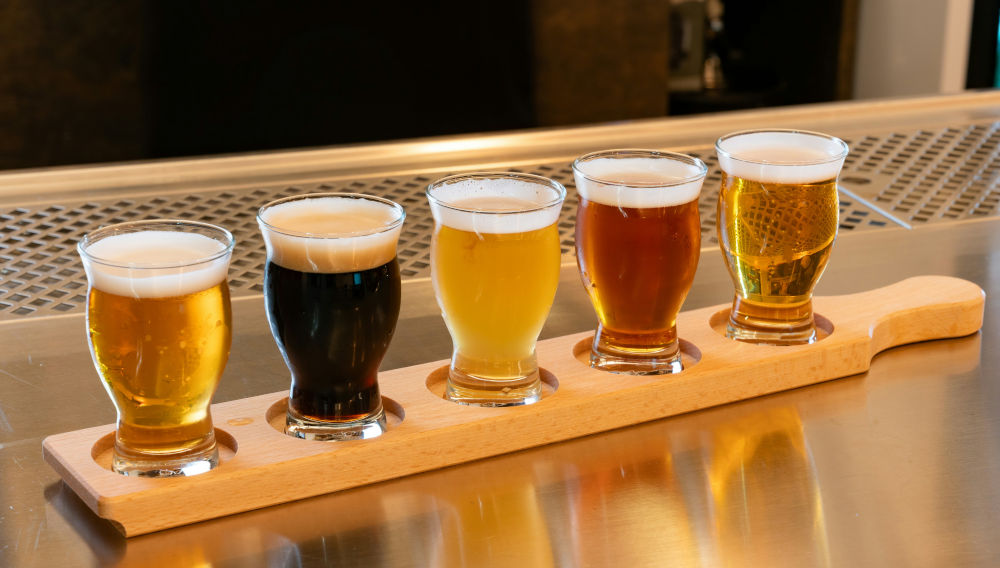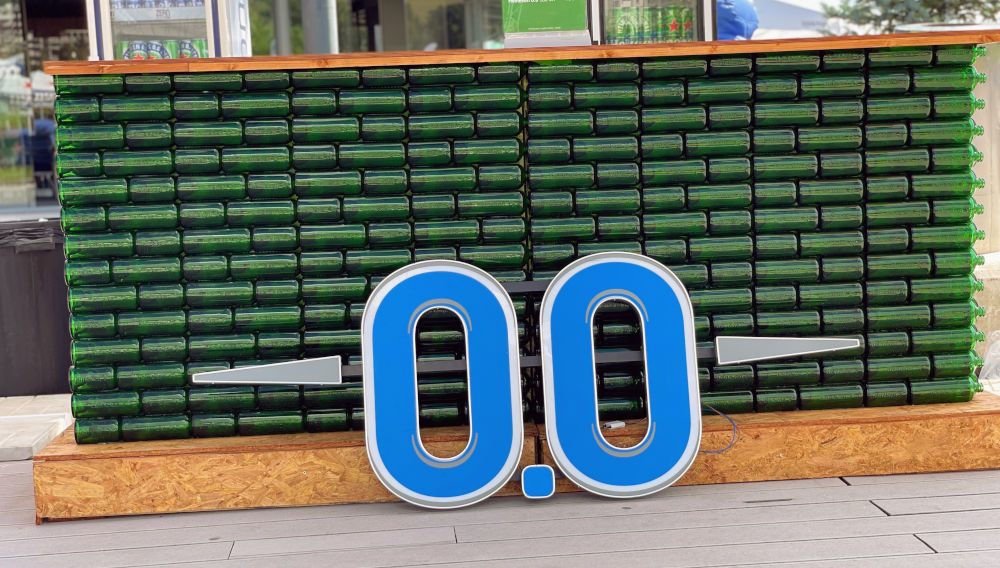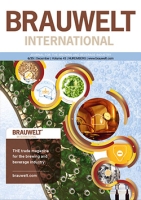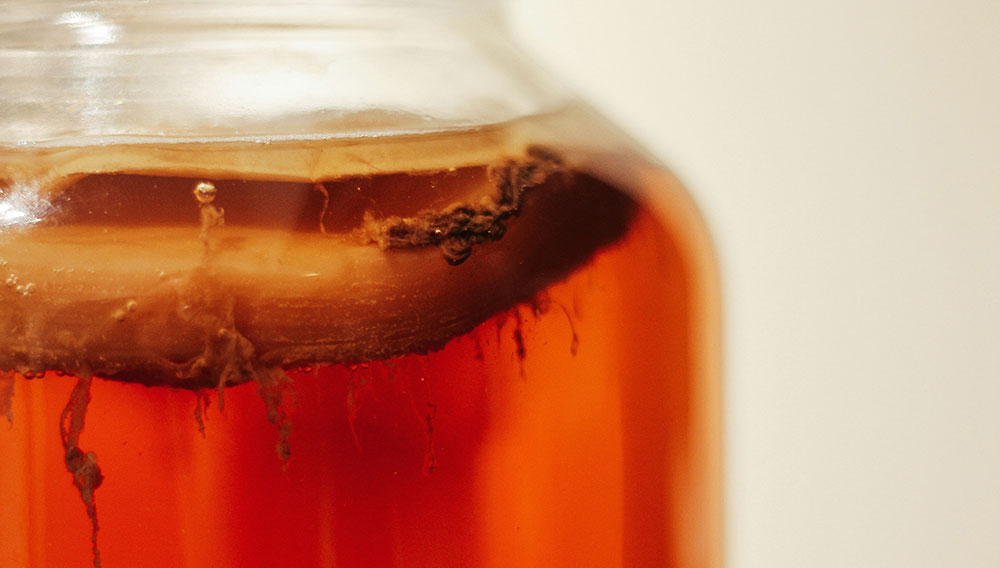
Tart and lively | This two-part publication takes a closer look at innovative products that can be made using existing brewing techniques and equipment. In this first installment, the authors examine beverages produced using fermentation.
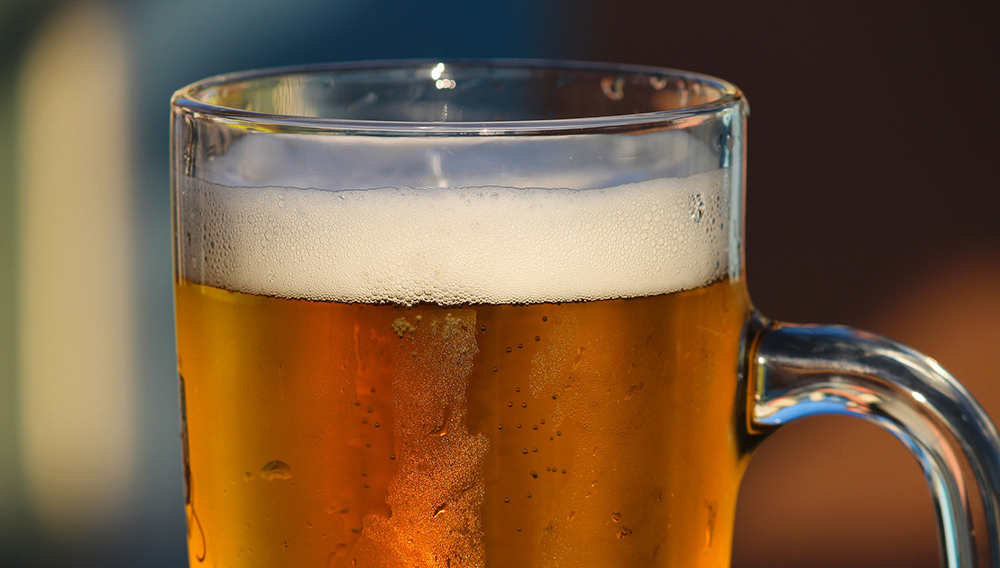
Dynamic fermentation system | Non-alcoholic beers can be produced by dynamic fermentation using units like Poseidon and crabtree-negative yeasts. Targeted adjustments to recirculation and sedimentation processes in the fermentation tank make it possible to achieve high quality in the beers produced and increase the efficiency of individual processes.
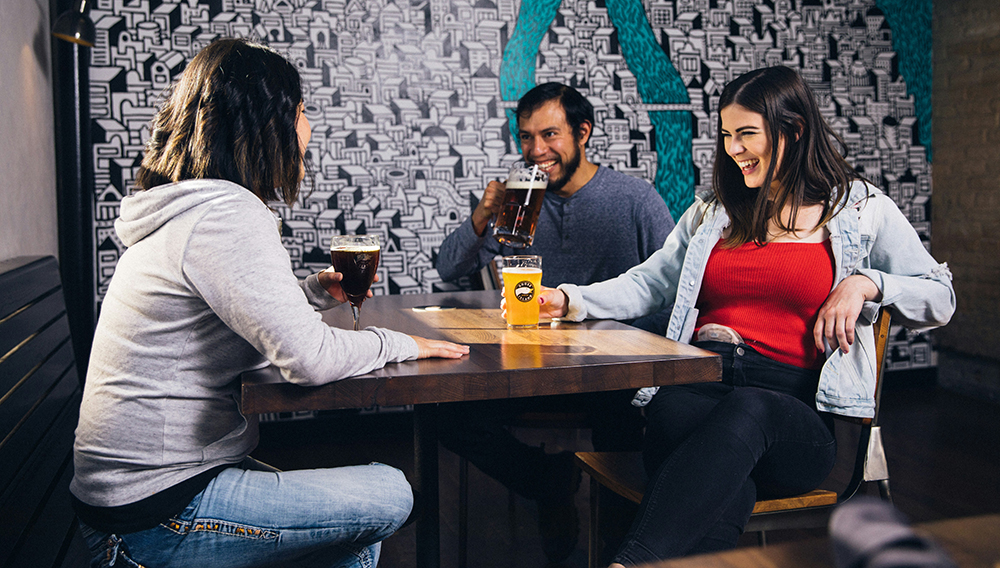
Process Optimization | The non-alcoholic beverage segment is growing rapidly and will probably continue to do so in the foreseeable future. Therefore, breweries would be well-advised to expand their product palette to offer their customers these beverages. In the production of non-alcoholic beer in-house, whether in accordance with the Reinheitsgebot or not, achieving a high level of microbiological stability while also making a highly drinkable and flavorful product is not easy. The following technical considerations should provide a basis for overcoming these challenges.
Magpie & Marten | Dear readers: The following discussion continues one we started in our previous column in the print edition of BRAUWELT International, which is about non-alcoholic beer (NAB) and how it differs from normal beer.
People are drinking fewer alcoholic beverages as part of a greater trend towards more healthful lifestyles. For those who miss the juice of the barley and the pleasing piquancy of the hop, non-alcoholic beer (NAB) fills a void. The popularity of NAB has caused brewers of all stripes to want to produce them. Simply put, some should refrain from doing so. Why?
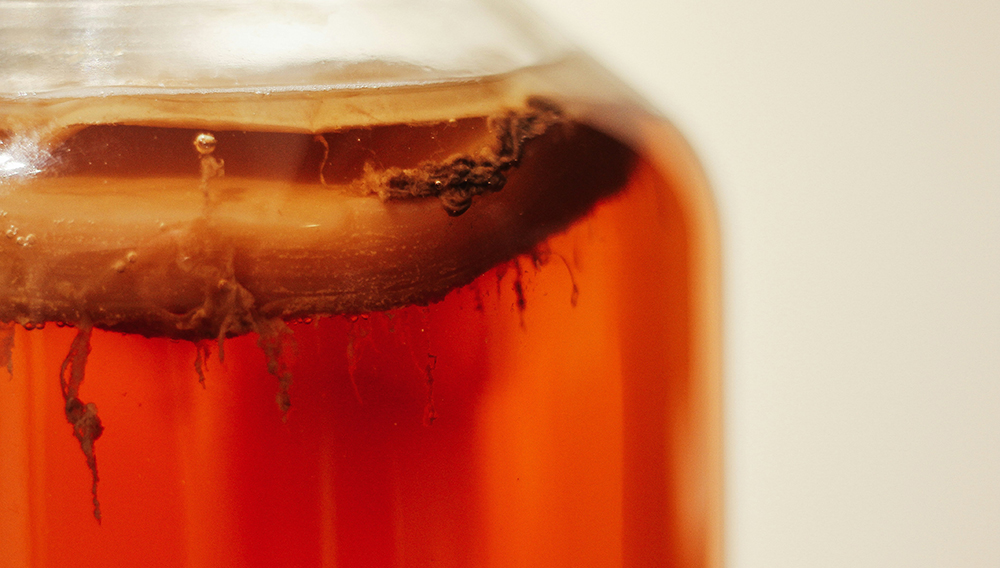
Ensuring consistent quality | Kombucha’s popularity is booming due to its potential health benefits. While the production process is straightforward, consistently achieving the same flavor and quality remains a challenge. How can producers ensure consistent quality on an industrial scale?
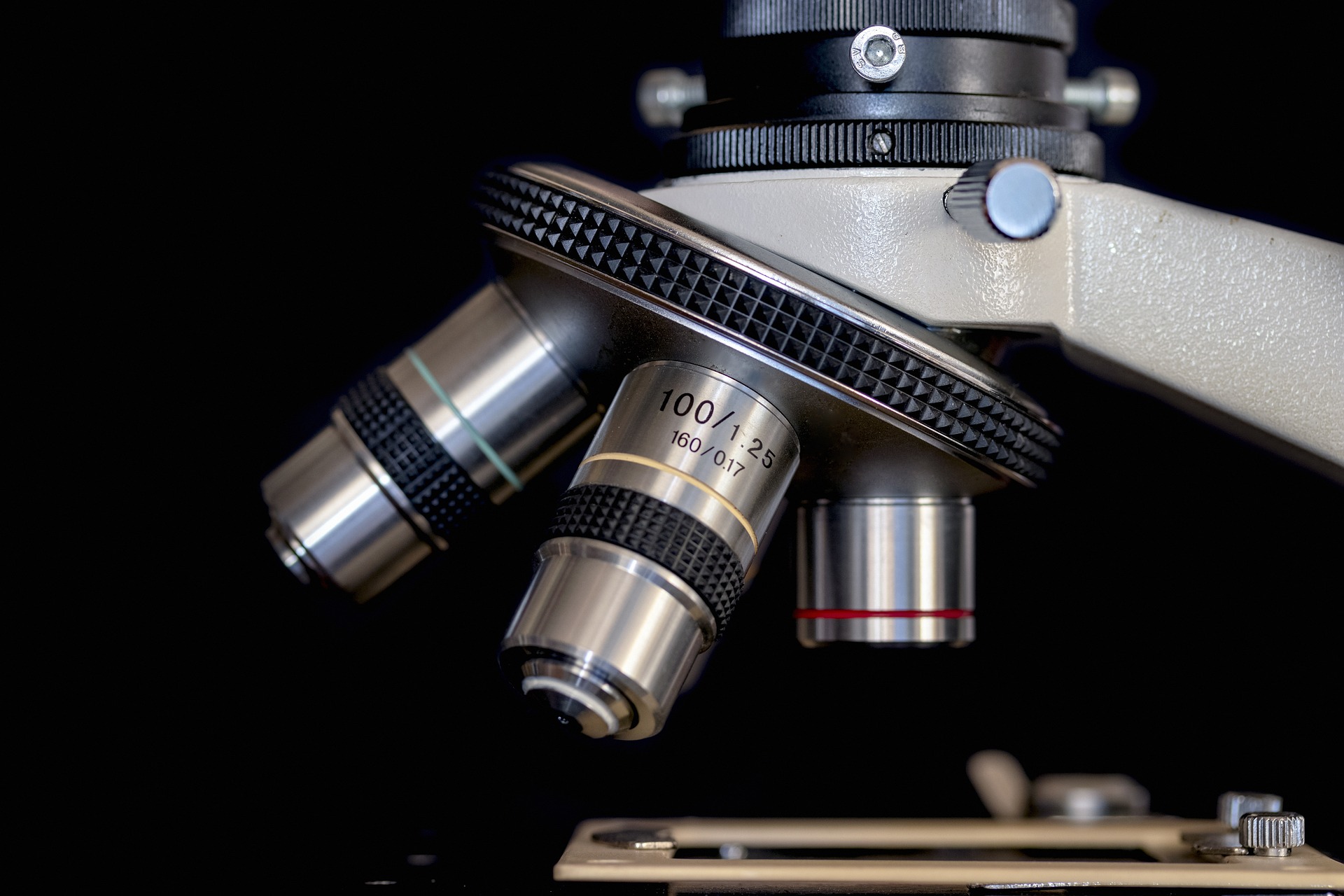
Mixed fermentation | In recent years, innovations and process optimisations have been observed on a continuous basis in the ever-expanding market for low-alcohol and alcohol-free (< 0.5 %v/v alcohol) beers. In particular various technological processes or combinations thereof (thermal, membrane or biological processes) led to a strong diversification of the market.
Brussels | The Brewers of Europe have initiated a networking event to celebrate the growing shift towards responsible drinking, brewers' commitment to moderation, and the role of non-alcohol beer in this commitment. The event will take place on Wednesday, 9 April, from 18:30 CET at The Brewers of Europe House, Rue Caroly 23, 1050 Brussels.
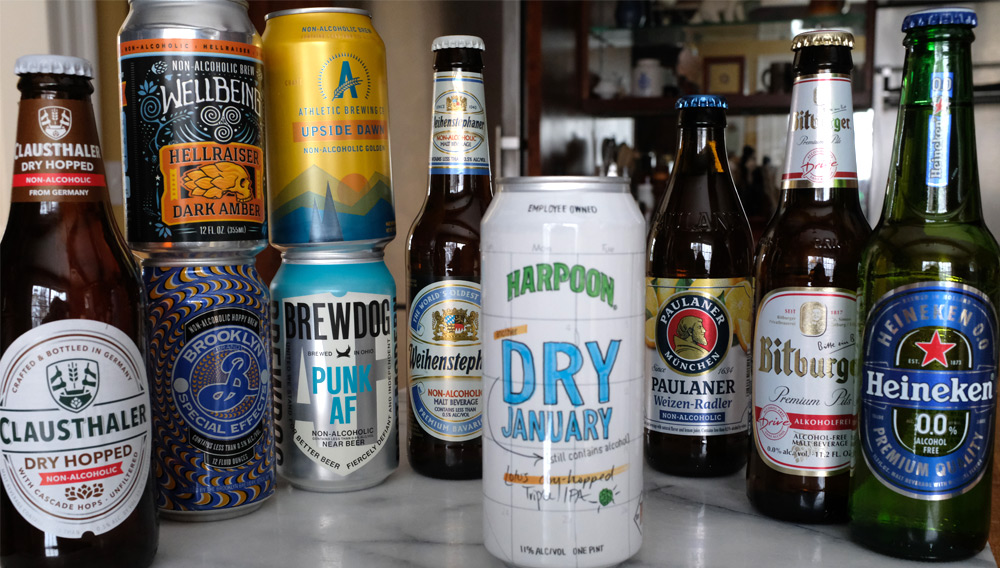
0.0 beers on the rise | There is a new prohibition afoot in the United States, but it is very different from the one ushered in by the 1920 Volstead Act, passed by Congress to ostensibly save society-at-large from the scourge of alcohol. This new anti-alcohol sentiment is driven by a grassroots movement of young individualists, still concerned with society, yet, unlike their forebears, more inward-looking and dedicated to a new personal ethos of self-care, fitness, and healthy living. Rather than succumb to what many perceive to be peer pressure to drink more than they would want or should, they prefer to arise each morning clear-headed, able to take on the challenges of the day. They are responsible dads, avid sportsmen, fitness buffs, serious professionals, good citizens.
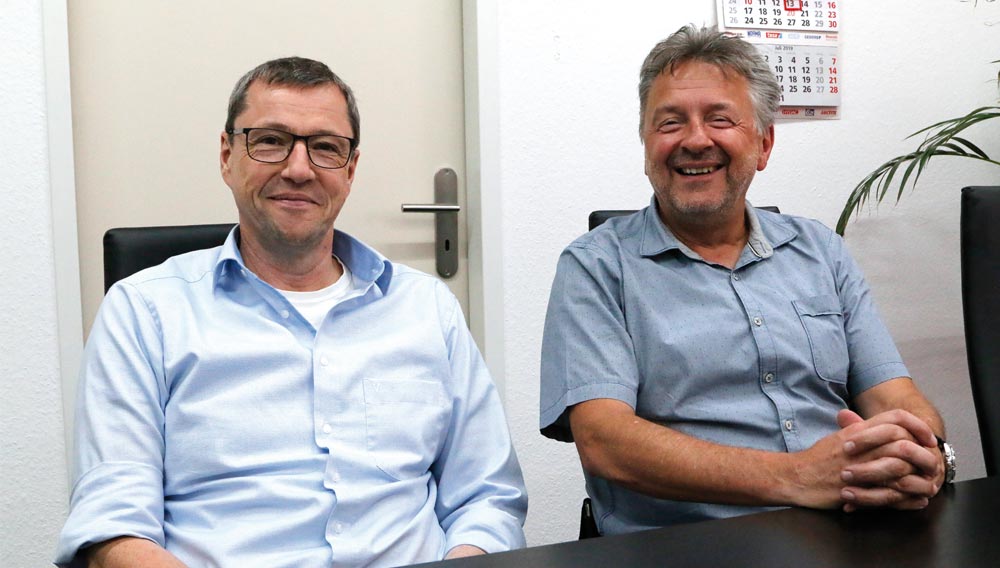
Professional exchange | Johann Angres, Managing Director of Steinfurth Messsysteme in Essen, Germany, received a great honor in April of 2019. He is the first German ever to be elected to the board of the ISBT. Never heard of the ISBT? The International Society of Beverage Technologists is the MEBAK or EBC of the soft drink industry. And because we also were not familiar with the ISBT, we decided to visit Johann Angres in Bochum to find out more about the association, his appointment to the board and the changes currently taking place at his company.

